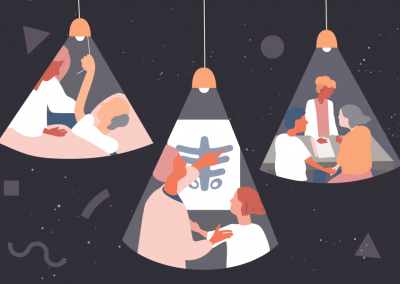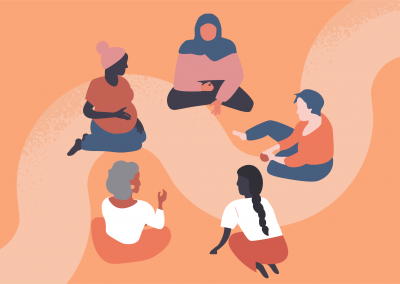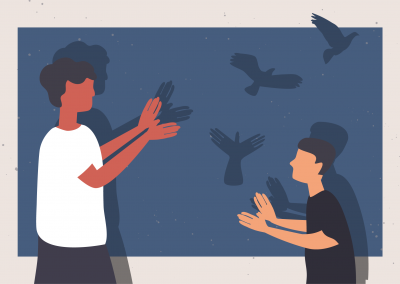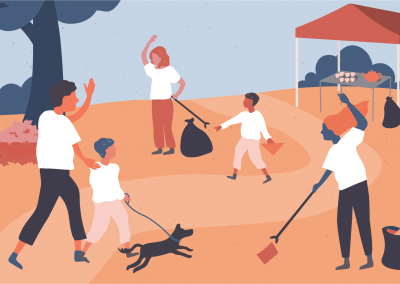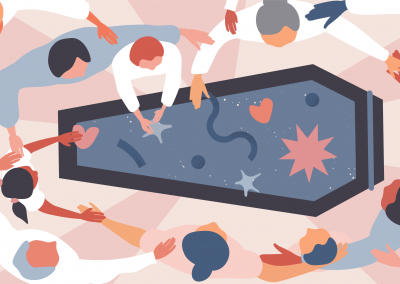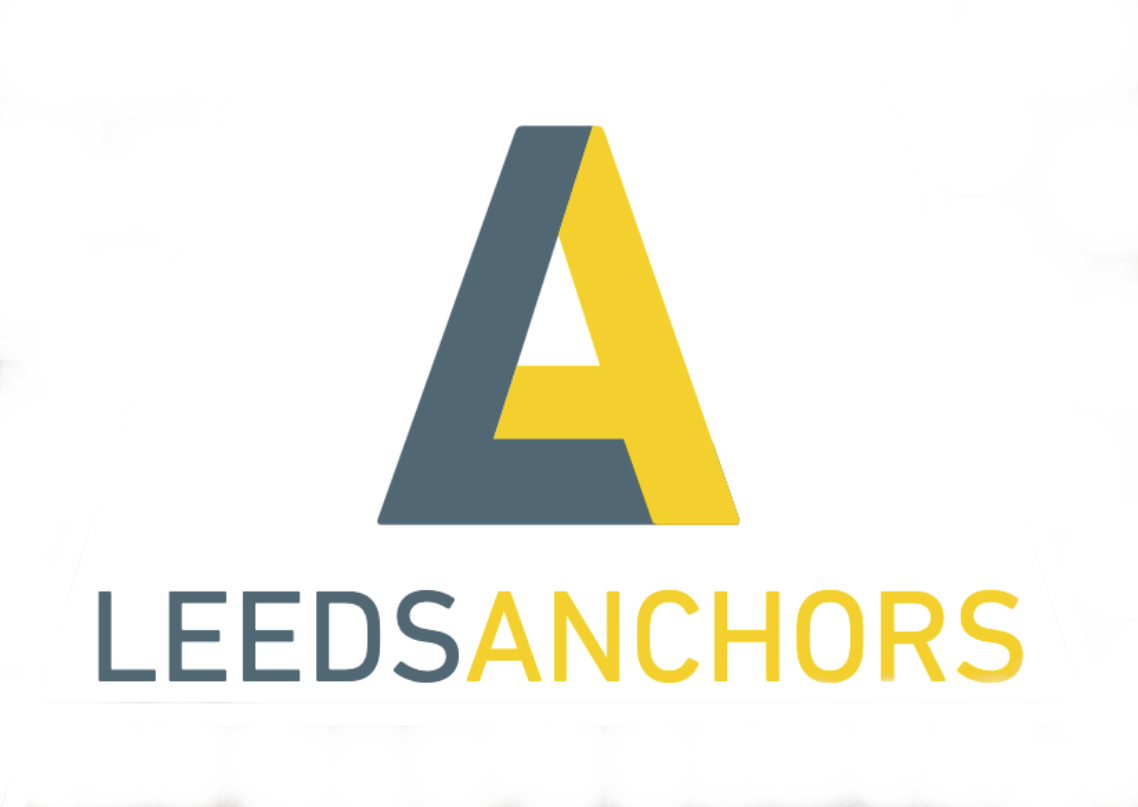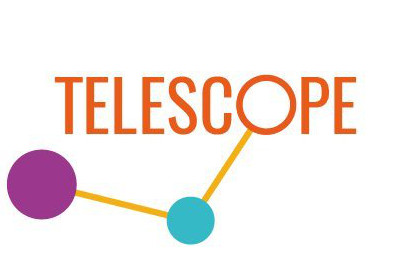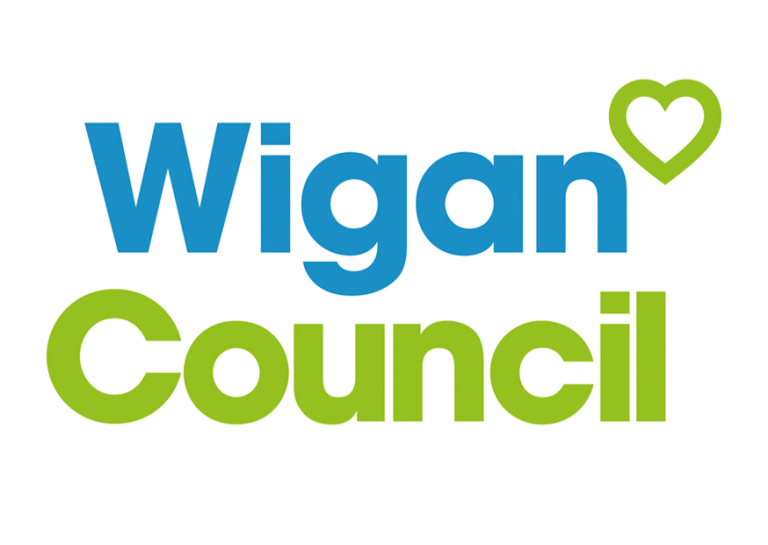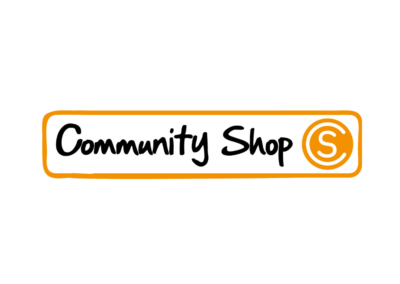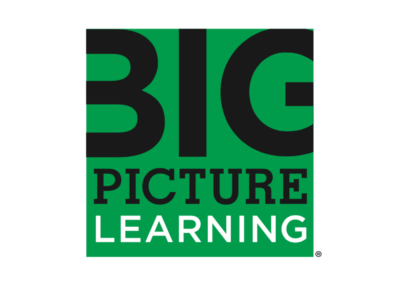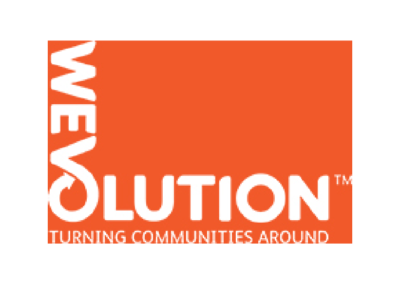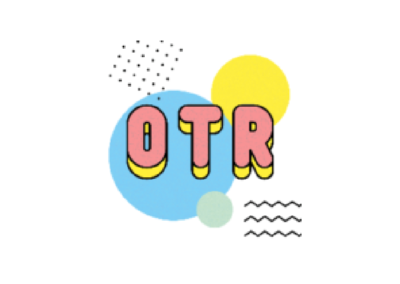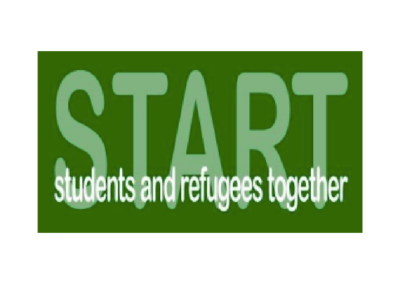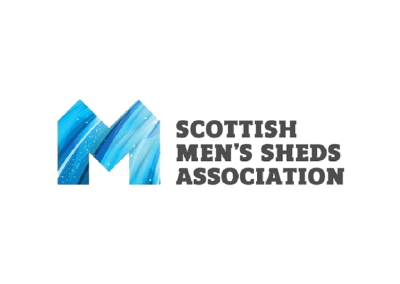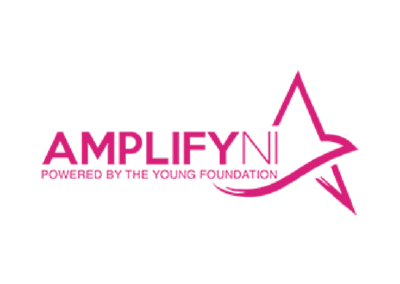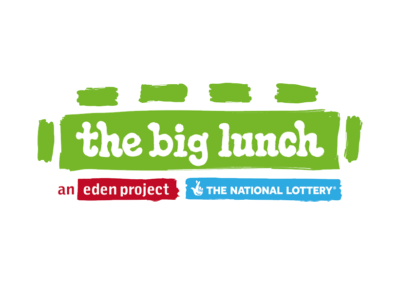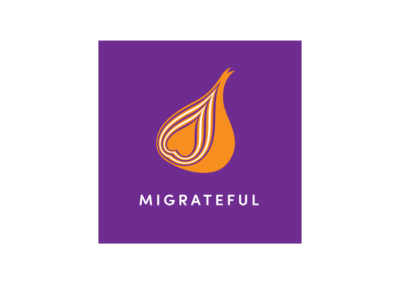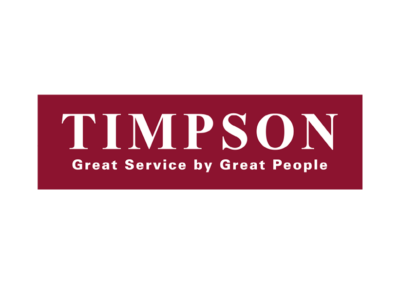Case study: Scottish Violence Reduction Unit (SVRU)
A public health approach to ending violence
Introducing SVRU
The Scottish Violence Reduction Unit (SVRU) was launched in 2005, by Strathclyde Police, in response to alarming rates of homicide and gang violence across the force area – particularly in Glasgow, which was dubbed the “murder capital” of Europe by the World Health Organisation (WHO). In 2006 the Scottish Executive made it a national innovation unit, covering the whole of Scotland. The SVRU has adopted a public-health approach, which treats violence as a preventable disease.
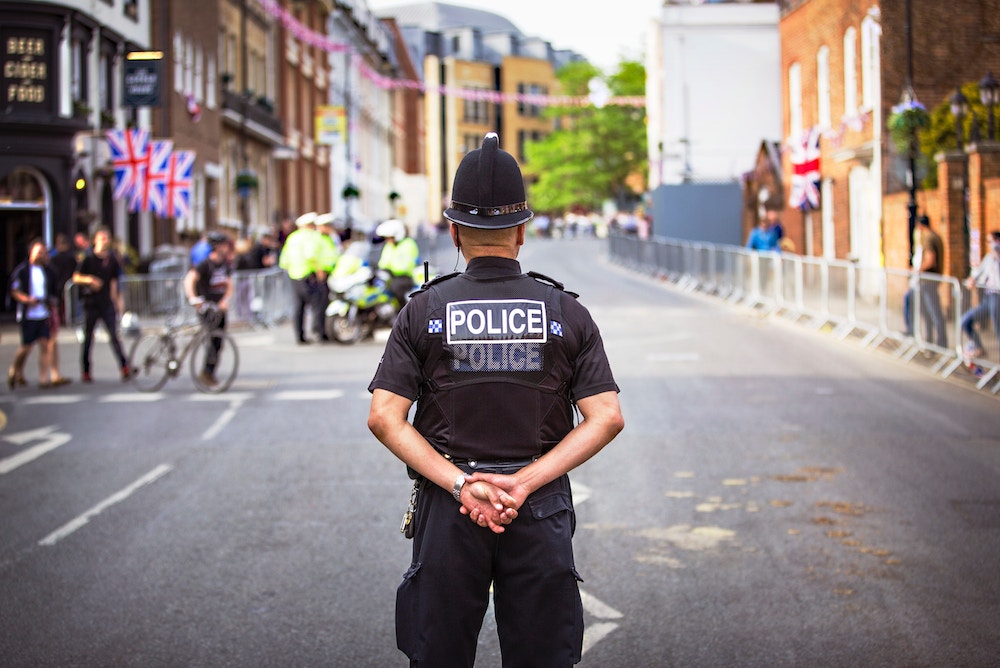
How does SVRU work?
The SVRU is an arms-length part of Police Scotland, funded with around £1 million per year directly by the Scottish Government. It comprises a team of police officers, police staff, experts and people with lived experience, including ex-offenders. The SVRU follows, and is the only police member of the WHO Violence Prevention Alliance process:
- Analysing a range of data on violence levels (not just reported crime);
- Looking for the root causes;
- Designing and evaluating interventions to create effective violence-prevention strategies.
To this end, as an innovations unit, the SVRU has run, or is currently running, a number of projects, including:
Glasgow’s Community Initiative to Reduce Violence (CIRV)
Glasgow’s Community Initiative to Reduce Violence (CIRV), based on the Boston Ceasefire Project, was a partnership between the police, social services, education, housing and community organisations aimed at reducing gang violence. Police comprehensively mapped Glasgow’s gangs. It then held ‘gang call-ins’ at Glasgow Sheriff Court, at which gang members heard powerful testimony from victims’ families, former gang members and others affected by gang violence. It was made clear gang activity must stop. But alongside an enforcement message, the CIRV offered a way out in the form housing, education, employment, addiction and other support. The CIRV ran from 2008 to 2012.
Street & Arrow
Street & Arrow, through the café at Glasgow Dental Hospital and School, offers paid work for one year to people who have either been involved in or are at risk of being involved in violence. It also offers intensive mentoring, counselling and assistance with everything from literacy and housing to parenting. Participants must abstain from drugs and alcohol. Street & Arrow is supported by the European Social Fund and works in partnership with Community Justice Scotland.
Mentors in Violence Prevention
Mentors in Violence Prevention (MVP) is Scotland’s largest anti-violence schools programme, operating in over 20 local authorities. It uses the “bystander” approach to motivate young people to safely challenge everything from bullying to sexting. It has trained over 6,000 fifth- and sixth-year mentors over five years, with mentors collectively delivering 2,000 sessions per year. It is delivered in partnership with Education Scotland.
Medics Against Violence
Medics Against Violence is an independent charity set-up by a group of medics who dealt every day with the consequences of violence. Supported by the SVRU, it runs a range of initiatives, including an educational secondary school programme. It has reached around 150,000 young people to date.
Navigator
Navigator is hospital-based violence intervention initiative launched by the SVRU in partnership with Medics Against Violence and the NHS. Navigators seek to stop the revolving door of violence in emergency departments. They complement medical staff by directly engaging and supporting those affected by violence – from young people involved in gangs to domestic-abuse survivors and those affected by self-directed violence such as addiction and self-harm – at a ‘reachable’ moment when they may be open to behavioural change. Navigator was piloted at Glasgow Royal Infirmary in 2015 before expanding to the Royal Infirmary of Edinburgh, the Queen Elizabeth University Hospital in Glasgow and Crosshouse Hospital in South Ayrshire (and there are plans to expand further). By the end of 2018, it had supported some 1,240 people.
Ask Support Care
Ask Support Care (ASC) is a ‘bystander’ based training programme that aims to give people on the community frontline – such as vets, hairdressers and firefighters – the skills to safely reach out to victims of domestic abuse and signpost them towards support. ASC is run in partnership with Medics Against Violence.
One Community Scotland
One Community Scotland is a project that aims to support people from Glasgow’s Horn of Africa community settling into the city. It recruits ‘Champions’ from within that community who have successfully built lives in Glasgow to provide support with everything from navigating the city to education, employment and health. The goal is to ensure ‘new Scots’ become integrated into the city and can help build a successful Scotland, with a focus on young people and ensuring they make positive choices.
These projects share three core features that demonstrate a belief in the power of relationships to help reduce violence:
The active mobilisation of wider community members. This is based on the belief there can be no ‘bystanders’ to violence – that the standard you walk by is the standard you accept. With appropriate training and support, the SVRU believes everyone from business people and hairdressers to medics and vets can help break the cycle of violence with safe interventions. This recognises that violence has social drivers: it is rooted in community relationships and can be prevented through community relationships.
The provision of personal, supportive relationships. This is not limited to professional relationships. Usually, people from within the communities the SVRU is trying to reach are the best people to carry out violence-prevention work, because relevant ‘lived experience’ and training often helps forge the effective personal connections required to encourage people to change and seek support. It’s about working with communities, not imposing programmes on them.
A belief in connection and opportunity as an antidote to violence. This human approach is important when working to build constructive relationships across cultures, socioeconomic backgrounds and sides of the law
Beyond these projects, the SVRU has also successfully campaigned for tougher sentencing around knife carrying in Scotland, and backed a range of policy measures such as minimum unit pricing for alcohol. Its approach is evidence-led and politically neutral.
What impact is SVRU having?
Social impact
Scotland has received a lot of coverage in recent years for what seem to be impressive results. In 2004/5 – the year the SVRU was launched – there were 137 homicides in Scotland (with 41 in Glasgow). In 2017/18 this had fallen to 59. The number of non-sexual violent crimes recorded by Scottish police has more than halved from 14,728 in 2004/5 to 7,251 in 2017/18. And the amount of people admitted to Glasgow hospitals with knife wounds fell by 65% between 2004-05 and 2016-17.
However, a key challenge for ambitious, preventative relationship-centred initiatives like this is proving causality – proving impact. It is impossible to determine precisely how much these statistics are attributable to the SVRU versus wider societal shifts and other initiatives. Moreover, recorded rates of non-sexual violent crime did peak in 2002/3. “It is hard to say that CIRV was the sole cause of the reductions, though it did show a degree of success,” says William Graham, a lecturer in criminology at Abertay University who worked on the CIRV programme as a member of the SVRU.
Specific initiatives are easier to monitor. An evaluation of CIRV by St. Andrews University, for example, found that:
%
fall in weapon carrying
%
tenants in CIRV area satisfied with their neighbourhood, up from 63%
%
fall in gang fighting
%
fall in knife carrying
%
reduction in violent crime amongst CIRV participants
Subsequent academic research has also found that declining incidents involving gangs of young people using weapons in public places has made the biggest overall contribution to the reduction in both homicide and other forms of violence in Scotland.
Economic impact
As well as the personal price paid, violence comes with a heavy economic cost:
- Each homicide cost the taxpayer £1.9 million.
- The cost of dealing with common assault in Scotland each year is more than £1.5 billion.
- Up to 40% of all public spending is accounted for by interventions that could have been avoided using a preventative approach.
Assuming the SVRU, with its roughly £1 million annual budget, has been responsible for even a fraction in the reduction of murders and violent crime since 2005, it has clearly saved Scotland a great deal of money as well as emotional and social pain.
What can we learn from SVRU?
A few things that stand out to us about the way that SVRU operates:
Single relationships can’t always be all-conquering. Sometimes multiple relationships are needed to tackle an entrenched issue
The SVRU works with a wide array of people and organisations – drawing on a broad range of community and personal relationships – to help provide interlocking relationships of support to those affected by violence. It is unlikely that a single, two-way relationship – for example between a victim and a mentor – would be enough in most cases to help that person out of violence. Public-health approaches to deep-rooted social problems recognise the need for many types of relationships.
Training and support can provide opportunities through which new relationships, and new types of relationships, can grow
Street & Arrow, for example, provides violent offenders with personal and employment skills, an income, confidence and, ultimately, an alternative future. This alternative future is crucial in helping those offenders build new relationships with themselves, their families, communities and others, because it gives them a feeling of trust, agency and stability that they may have been deprived of when younger.
Relationships sometimes require us to change the way we think about certain groups
In such instances empathy and forgiveness are especially critical to relationship-centred design and especially difficult to realise.
Measuring impact is important, especially with a high-profile, government-funded project. But it is not always easy
Treating violent offenders with understanding is guaranteed to be controversial to some people. It has therefore been essential for the SVRU to demonstrate a positive impact. It has largely succeeded here, but it is not easy to demonstrate causality with such a diffuse, preventative initiative.
Want to know more?
What’s next for SVRU?
The decline in violence in Scotland has started to level off. The challenge for the SVRU – and the police, government, health service, education sector and wider society – is the question of how to drive further violence reduction. Moreover, the dramatic decline in violence has been spread unevenly, with those in the poorest neighbourhoods still more likely to be affected by violence, and a small number of people experiencing high levels of re-victimisation. It will require constant innovation, radical thinking and most importantly effective partnerships to make Scotland a safer country.
Further reading
- The SVRU website has more information about its genesis.
- The website also serves as a springboard to the many projects it works with.
- It also features regular blog posts, including this one on its current state of play.
- The Guardian has published two pieces, here and here, overviewing the SVRU’s successes.
- The costs of violence in Scotland are sourced from the Scottish Government’s Cost of Criminal Justice System in Scotland data set.

